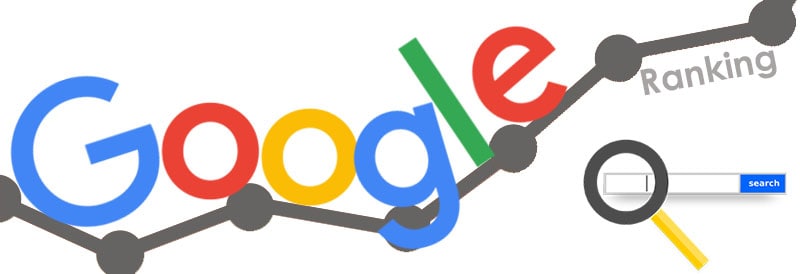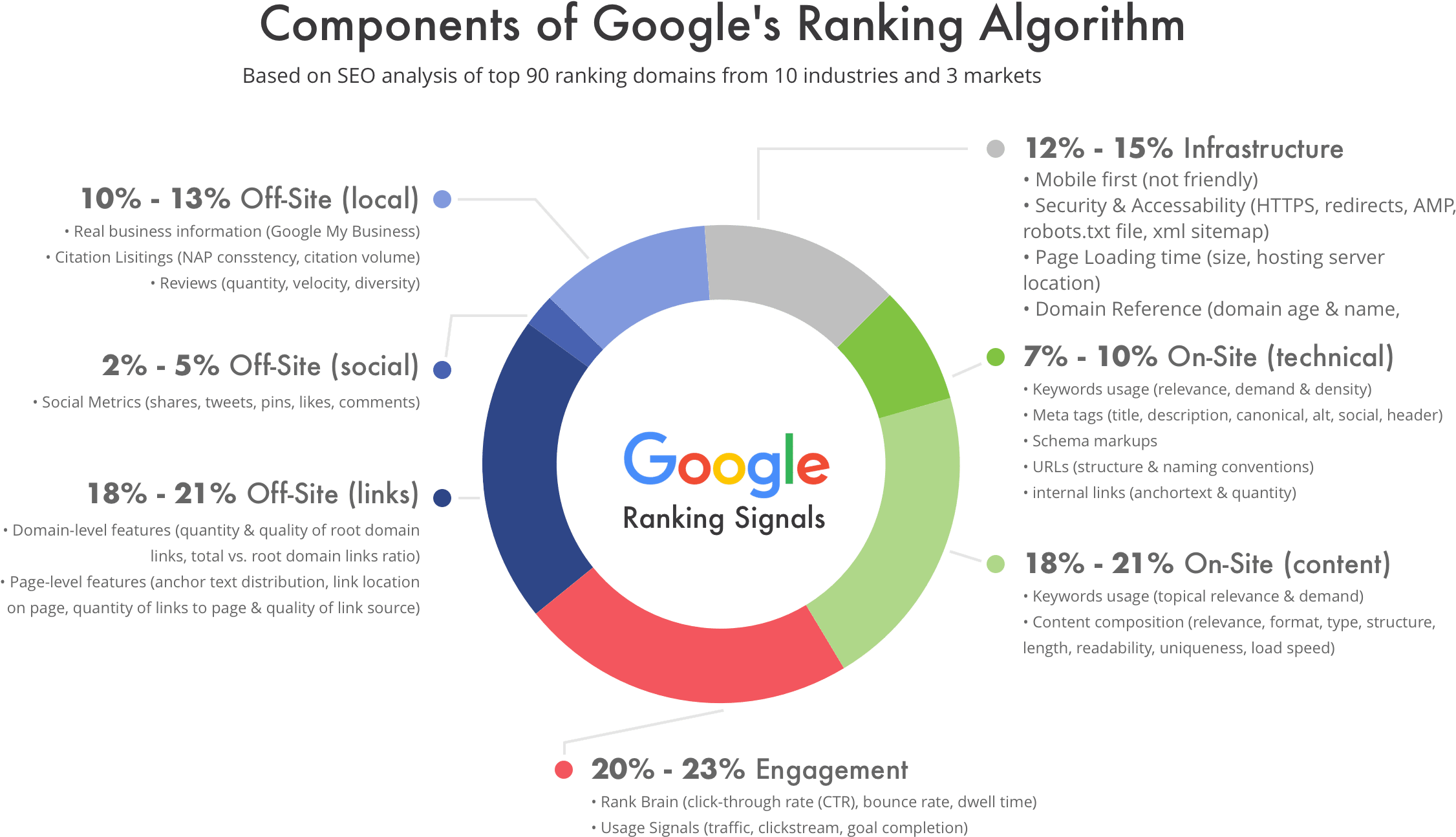What Factors Influence SEO and Are Most Important?
As the dominant search engine, Google processes over 3.5 billion
searches daily. Consequently, achieving a higher ranking on
Google search results can significantly boost traffic to your website.
Therefore, it is crucial to closely monitor Google’s ranking factors.
These factors are continually evolving in tandem with Google’s
search algorithms. By understanding these factors, you can
optimize your content to deliver the most relevant results,
enhancing the user experience.
From page load time to website security, here are the most
important ranking factors you need to know:

• Page speed, which measures the time it takes for a web page
to load, significantly impacts your site’s ranking in search
results. Regularly monitor your site’s performance using speed
analysis tools like Google’s PageSpeed Insights and the
Pingdom Speed Test to gain insights into its efficiency.
• Mobile-friendliness is crucial for a website’s success. A
responsive design ensures that website elements adapt
seamlessly to various screen sizes, offering an optimal user
experience on different devices. Consequently, pages from
responsive and mobile-friendly sites tend to rank higher in
search engine results. To assess the usability of your site,
consider using Google’s Mobile-Friendly Test.
• High-quality content is crucial for Google’s ranking algorithm.
Provide relevant and factual information to answer specific
queries. Google evaluates content length, structure, relevant
keywords, and overall information quality. Always create
unique and original content to attract more visitors and
enhance your site’s visibility.
• Backlinks, also known as inbound links, are links to your
website placed on other sites. They serve as an indicator of
your site’s authority. When a website includes your link in its
content, it marks your site as a relevant source. Pages with
high-quality backlinks from credible sites can rank higher on
search engine results pages.
• User experience is a crucial factor for Google. It measures
user experience through various signals, such as bounce rate
and dwell time. When visitors visit a site and leave quickly,
Google interprets it as irrelevant. Conversely, if visitors stay on
the site for an extended period, it indicates that the site offers
valuable information.
• Site security encompasses all measures to safeguard a
website and its visitors against cyberattacks. Consequently,
Google prioritizes websites secured by HTTPS. To facilitate
your website’s loading through this secure protocol, you’ll
require an SSL certificate. Websites lacking SSL are flagged
as insecure, which can discourage visitors. If you haven’t
obtained one yet, you can acquire a free SSL certificate from
Hostinger.
How Does SEO Work?
Google and other search engines work to collect, organize and
display relevant information to answer user queries. To do that,
they go through three primary processes, including:

Crawling, indexing, and ranking are the three main steps in search
engine optimization (SEO).
1. Crawling: Web crawlers, also known as spiderbots or simply
bots, are a team of software programs that search the web to find
updated content. They help discover and collect information needed
to index a page.
2. Indexing: Once web crawlers find information on a site, such
as keywords and fresh content, they add the web page to the
search index. This process involves storing and organizing the web
pages collected by search engines. To help search engines find
your content, submit your website to their index. When users search
for relevant information, the search engine retrieves the indexed
website.
3. Ranking: Web pages in the search index are displayed on the
search results in order of relevance, from most to least. SEO aims
to improve your web presence by making your site more appealing
to search engines. In other words, it works to determine how well
your site progresses through these steps, from crawling to ranking.
For example, well-structured internal links on your pages make it
easier for web crawlers to navigate from one page to another. This
allows them to explore your website in depth and index more of
your content.
On the other hand, if you don’t want certain pages to be crawled,
you can use the robot.txt file to block bots.
Additionally, search engine algorithms consider various ranking
factors, such as relevant keywords, backlink quality, and content
freshness.
Therefore, creating SEO-friendly content that incorporates these
factors can significantly enhance your search results.